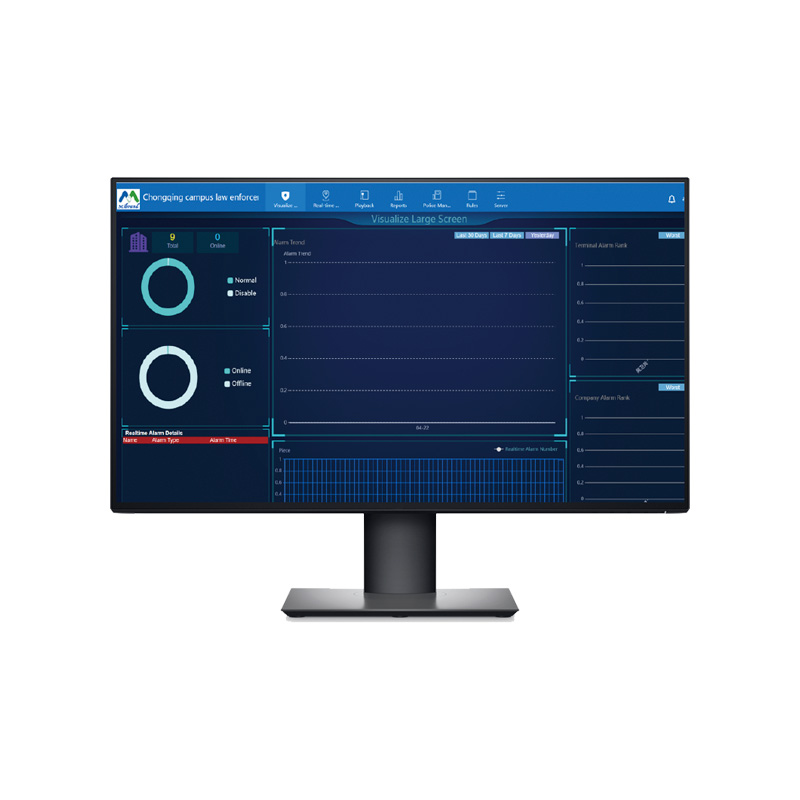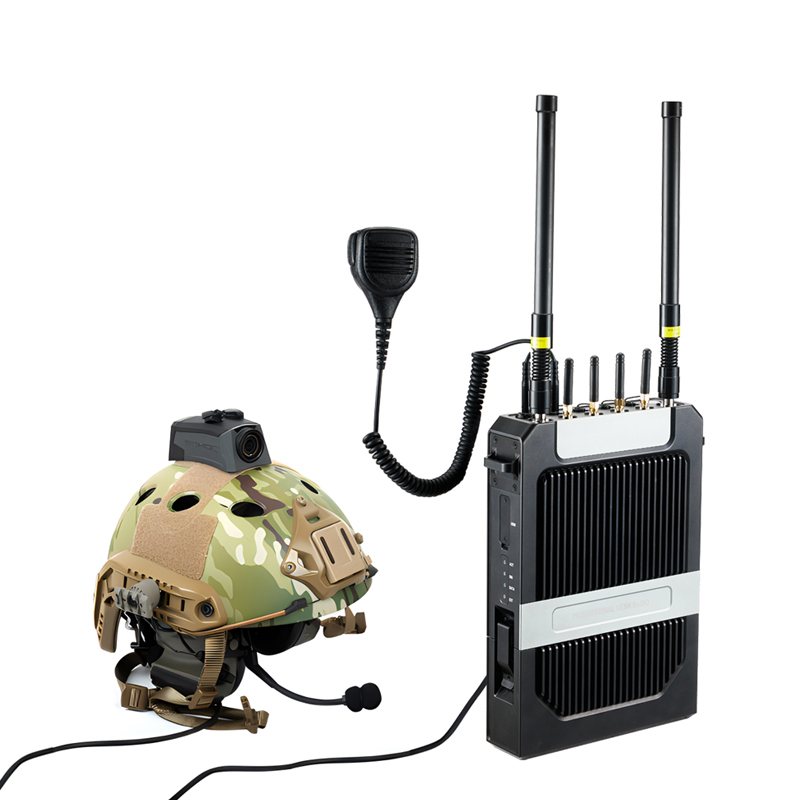IWAVE deeply knows the many needs of industrial users in the process of informatization construction, beginning with the needs of customers to establish an emergency command and dispatch system. Its products and solutions can meet the needs of industry users for multi-service transmission while providing the most cost-effective products and solutions. The solution offers personalized and extensive service capabilities. At the same time, it may provide tailored service solutions and spare parts guarantees based on customer application requirements, ensuring that customers receive prompt and efficient technical and service assistance.
Based on the industry-leading broadband self-organized network technology and LTE technology with fully independent intellectual property rights, IWAVE has specially developed a practical on-site command and dispatch system that can be integrated with MESH and LTE products for emergency rescue, which can not only support the company's MESH products, but also support LTE base stations, handheld terminals, and other products.
The multimedia command and dispatch system provide new, reliable, timely, efficient, and safe communication solutions for complex scenarios such as basements, tunnels, mines, and public emergencies such as natural disasters, accidents, and social security incidents.
The system integrates on-board equipment, backpack radios, intelligent handheld terminal, and other equipment, which can go deep into the site to wirelessly send back disaster information. The base station (using software radio architecture, each self-organized network module can be connected to IP camera, computer, voice equipment, etc.) and on-board base station can be flexibly self-networked. The data is transmitted back or relayed through each self-organized network module, and the optimal path can be found independently to effectively reduce the long-distance transmission delay. After the business data (voice, video, incident location and other data) is transmitted to the control center, it can be displayed on the spot and dispatching instructions can be issued through the dispatching desk.
The system has the characteristics of ready-to-use, carry-on-the-back, and relay cascade. It supports PTT voice cluster, multi-channel video backward, video distribution, map positioning and other functions, and a set of system meets the full business needs of the emergency site.
The Visual multimedia command and dispatch system is a central component of an integrated emergency communication network, and is based on a multi-dimensional networking form of' public and private network complementary, wide narrow fusion, fixed moving combination and skylight integration '; various technical means such as public network bearing, narrowband PDT digital trunking, broadband TD-LTE special network and MESH ad hoc network are fully utilized; various requirements such as voice, image, video, data in different application scenes, comprehensive location service and the like are fully utilized; service work such as command scheduling, daily communication, supervision and law enforcement is carried out on all levels of departments; emergency communication services are provided for rescue teams, linkage departments, social public and international rescue and cooperation in emergency response; and the communication command guarantee in the whole region, the whole process and the all-weather in cooperative rescue and daily mobile communication is ensured.
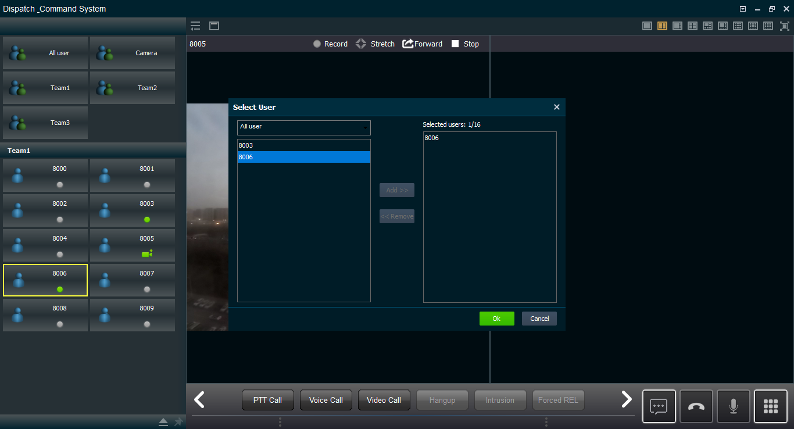
Visual multimedia command and dispatch system combines the visual intercom technology, the real-time video transmission technology and the GIS positioning technology, and can customize relevant business processes, integrates “intercom call + real-time video + map positioning + work management”, adopts an advanced IT means, realizes visualization, instantaneity and closed-loop work management, and improves the requirements of emergency response speed, working efficiency and service processing level.
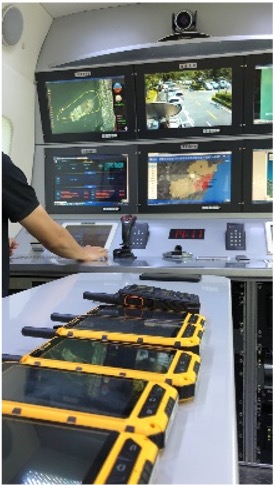
System Main Functions
The visual scheduling command system adopts a soft switch architecture design, supports flexible modular design, can expand, supports multiple voice communication network interconnection, and supports fixed and mobile integrated multimedia scheduling command.
The system provides a visual command function based on a GIS interface and implements a graph scheduling command function. The GIS scheduling public can display the position of the person on the map, and displays the state information of the person in real time, and visually displays, on the map, which person the person is in. When on-site command is carried out, field personnel are selected to construct a scheduling temporary group on a map, various scheduling operations are initiated, and the scheduling capability is further improved.
The system supports daily work communication, voice, data, video, and other business transmission needs during emergency public incidents. It can realize the integration of wired and wireless communication system resources and docking with other information communication systems / networks. Integrated with wireless communication, multimedia scheduling and data scheduling, daily command scheduling and emergency burst communication in one, user information status display and location information in one, automatic measurement and control and intelligent communication system in one integrated solution.
IWAVE's emergency command and dispatch system based on the multimedia fusion communication platform, realizes the request and processing of video, voice dispatch and other services through a unified platform, and implements various dispatch functions such as conference, dispatch monitoring screen, and voice dispatch through a unified dispatch terminal Provide industry users with a unified multi-service emergency command and dispatch platform that integrates voice, data, and video, making communication omnipresent and omnipresent.
Public security command center: coordinate and deal with various emergencies, command and dispatch police forces and resources, and provide real-time monitoring and information sharing.
Fire Command Center: Coordinate and direct the disposal of fire accidents, monitor the fire scene in real time, and provide emergency rescue and command and dispatch functions.
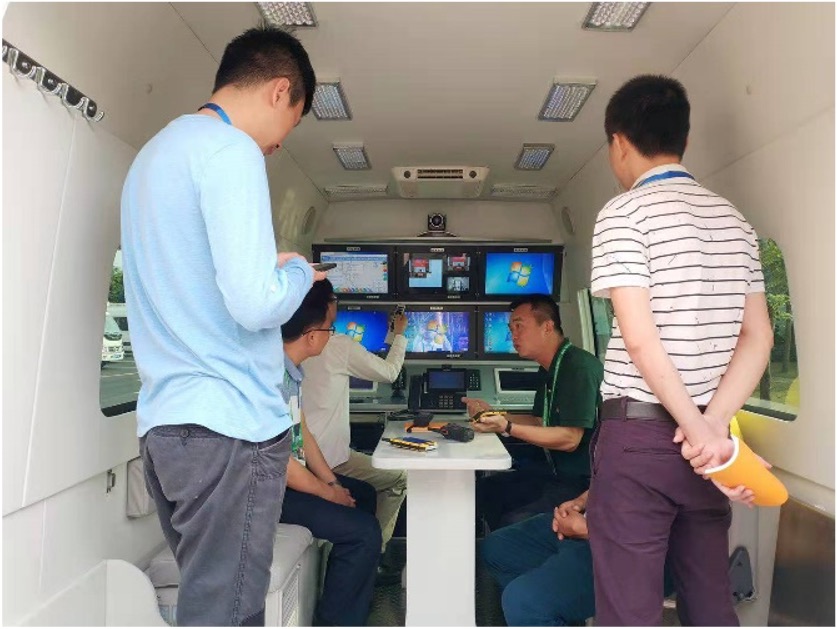
Applications
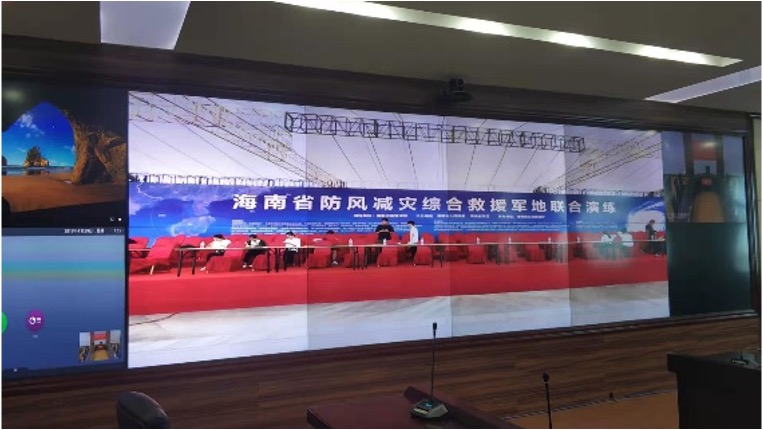
Traffic Command Center: monitor traffic conditions in real time, command traffic police, and provide traffic information services.
Power Dispatch Center: Command and dispatch power equipment and personnel to achieve the stability and security of power supply.
Medical Emergency Center: Coordinate first aid resources, implement emergency rescue, and provide medical guidance and scheduling functions.
Post time: May-01-2024



